Trail Times: Spring Discoveries
Posted June 2, 2020 at 10:19 am by Tim Dustrude
The following is shared from the Old Military Road Trail Committee…
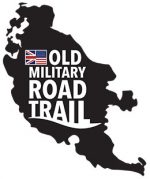 Hello Fellow Islanders and Hikers,
Hello Fellow Islanders and Hikers,
It seems that for many of us, ‘hunkering down’ on San Juan Island has involved enjoying our multitude of trails and even choosing some new trails to explore. If you’ve not yet experienced the American Camp Trail, springtime is a wonderful time to see it.
We ventured onto and were awed by the first mile of The American Camp Trail, beginning at the southern end, off Cattle Point Road near the school bus crossing sign. (Note that when the new American Camp Interpretative Center is complete there will be formal parking in their new lots and another historic ¼ mile of the trail to enjoy.)
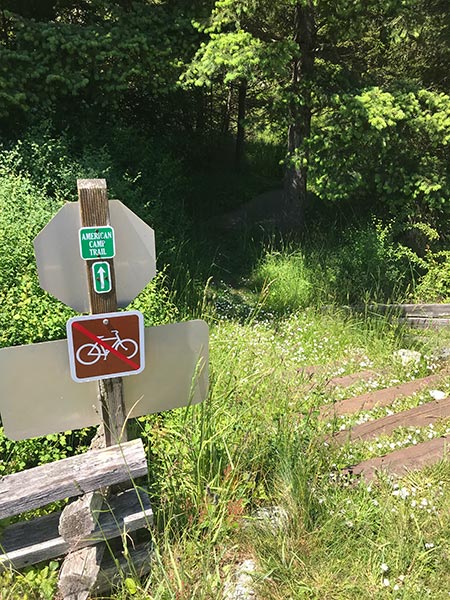
If you haven’t been on this first mile of trail, or even are a constant traveler, you’re in for a spring treat. As you step down the daisy covered stairs you will be walking into history and onto the southern part of the Old Military Road.
Just a bit up the trail, this road joined the old Hudson Bay Company’s road, establishing a vital communication route between American and English Camps during the 1859-1872 conflict that became known as “The Pig War.” The level-headed English and American military’s ability to communicate in a time before telegraph helped maintain the peace. Their presence provided an infrastructure which encouraged settlement from both nations and other countries.
Enter into a shady glen of Shore Pines planted after the area was logged for agriculture and building materials.
The thick stands of trees are sunlight deprived but have live growth up on top. About a half a mile into the trail look for the shelf fungus, lichen and moss attached to an unhealthy tree.
Fungus and lichen fulfill important niches in our ecosystems, supplying nutrients in different ways. Lichen also absorbs pollutants so is an environmental indicator as they can’t exist in polluted environments.
In Spring the two meadows are a good place to see wild flowers such as Camas, Buttercup, Field Chickweed, Vetch, Orange Honeysuckle, Wild Mustard and Sheep Sorrel. Look for the rabbit holes and fox scat as you meander along.
When the Hudson’s Bay Company began nearby Belle Vue Sheep Farm in 1853, they ran herds of sheep here and Americans like Lyman Cutlar ‘squatted’ nearby and raised potatoes, continuing the replacement of Camas fields that First Nations cultivated for their nutritious bulbs. Eventually potatoes began to replace the diminishing Camas in the native diet.
After the more northern meadow and before you merge back into the fern-rich forest note the difference sunlight makes to the health of trees west of the trail. A healthy Douglas Fir and Shore Pine flank a white flowered Hawthorn Tree. A few more steps finds you among the shade-loving forest vegetation and bird chatter so pause awhile before you continue to the north end of the forest.
Here look for horizontal rows of holes pecked by the Sapsucker Woodpecker on a beautiful old Pacific Crabapple Tree, our only native Northwest crabapple.
Nearby are a couple very old Douglas Firs, huge gnarly limbs reaching for the sky. Perhaps they were left when the rest were taken down long ago.
When you leave the forest you are flanked by Nootka Rose and Snowberry bushes with an occasional Hawthorn Tree and climbing vines. This screening vegetation is a good example of trail planning, lending a sense of welcome separation from the road and privacy to both walkers and land owners.
Note the beautiful green and white rare Island Marble Butterfly preserve on the east. They rely on wild mustard plants, fenced off to prevent animal browsing. Most of the 68-acre Frazer Preserve is to the east, and their home is still standing, and occupied, on the west side of the road. The large farmhouse and barns east of the Frazer Preserve are part of the old Rosler estate. Mt. Baker makes a majestic backdrop.
Coming upon Rosler Road ends your first mile of The American Camp Trail. There are several places to park on the Land Bank property. Please be respectful of Private property.
The 6-mile American Camp trail continues all the way to Friday Harbor and was made possible thru the efforts of the San Juan Trails Committee of Island Rec, the San Juan County Land Bank, San Juan County Public Works, and the Port of Friday Harbor (airport section) and the voluntary easements given by generous members of our community.
It is the vision of The Old Military Road Committee to work with these entities and private citizens to connect with and create other trails honoring the Old Military Road. With your help, one day a multi-use trail may stretch 18-21 miles from American Camp to English camp.
# # #
For more information visit our website: OldMilitaryRoadTrail.org.
For maps to other hikes on San Juan Island visit SanJuanIslandTrails.org.
You can support the San Juan Update by doing business with our loyal advertisers, and by making a one-time contribution or a recurring donation.
Categories: Nature, Recreation, Trail Times
2 comments:










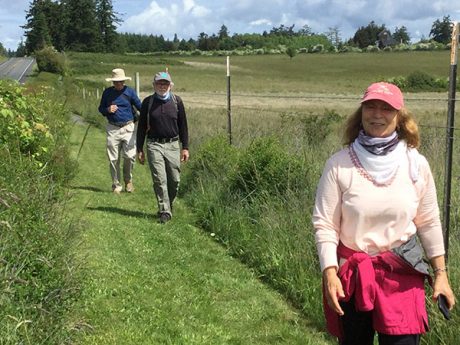
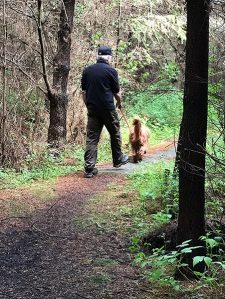
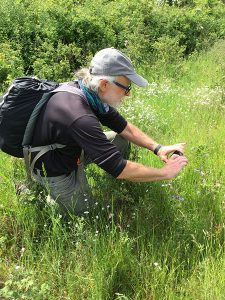
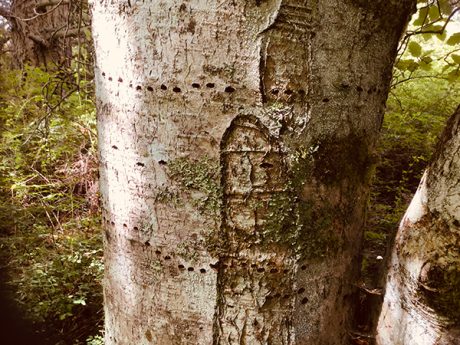
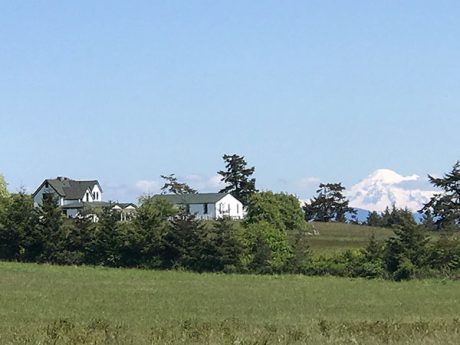
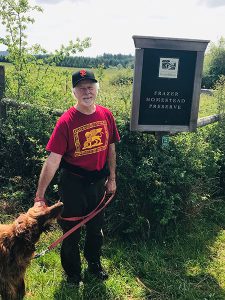
2 comments...
What a delightful article. I felt as if I were right there with the hikers. Were it not for the threat of rain today, I’d be rounding up a friend or two to take the hike this afternoon. Thank you!
Very well-written and informative article! I was also most impressed with the Old Military Road Trail website with its valuable information regarding this relatively new trail endeavor. I plan to spread this news and encourage other hiking enthusiasts to get involved with this special island project.
By submitting a comment you grant the San Juan Update a perpetual license to reproduce your words and name/web site in attribution. Inappropriate, irrelevant and contentious comments may not be published at an admin's discretion. Your email is used for verification purposes only, it will never be shared.